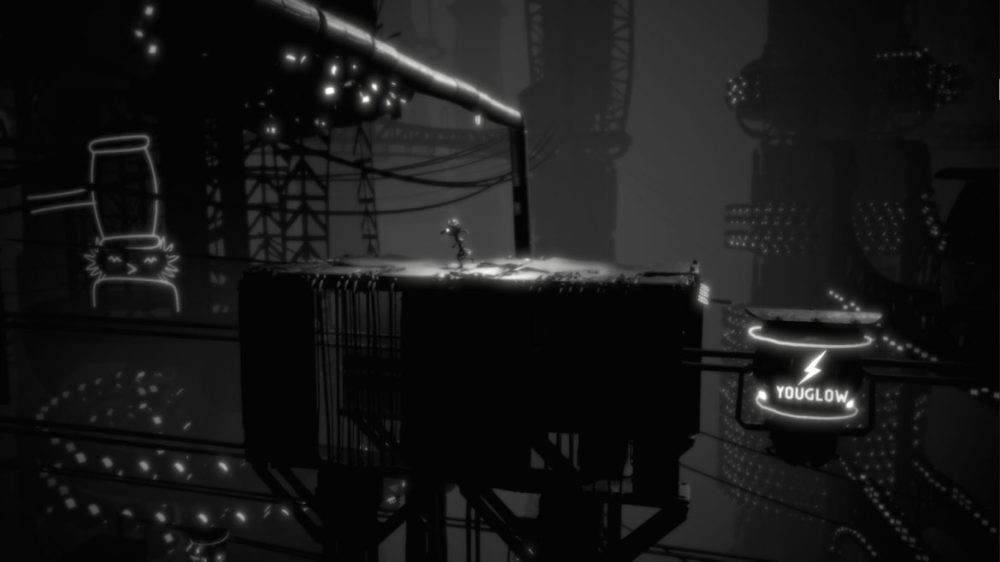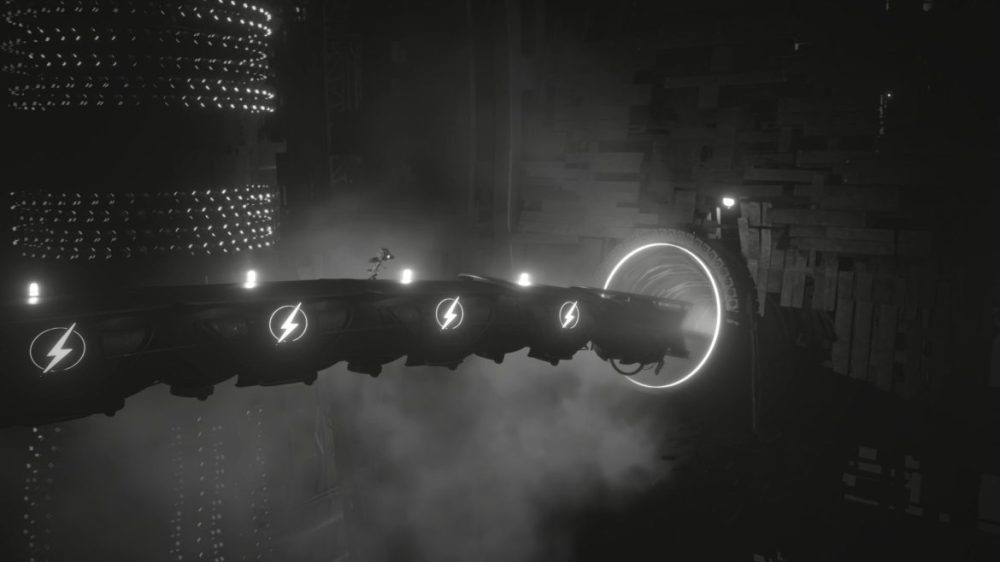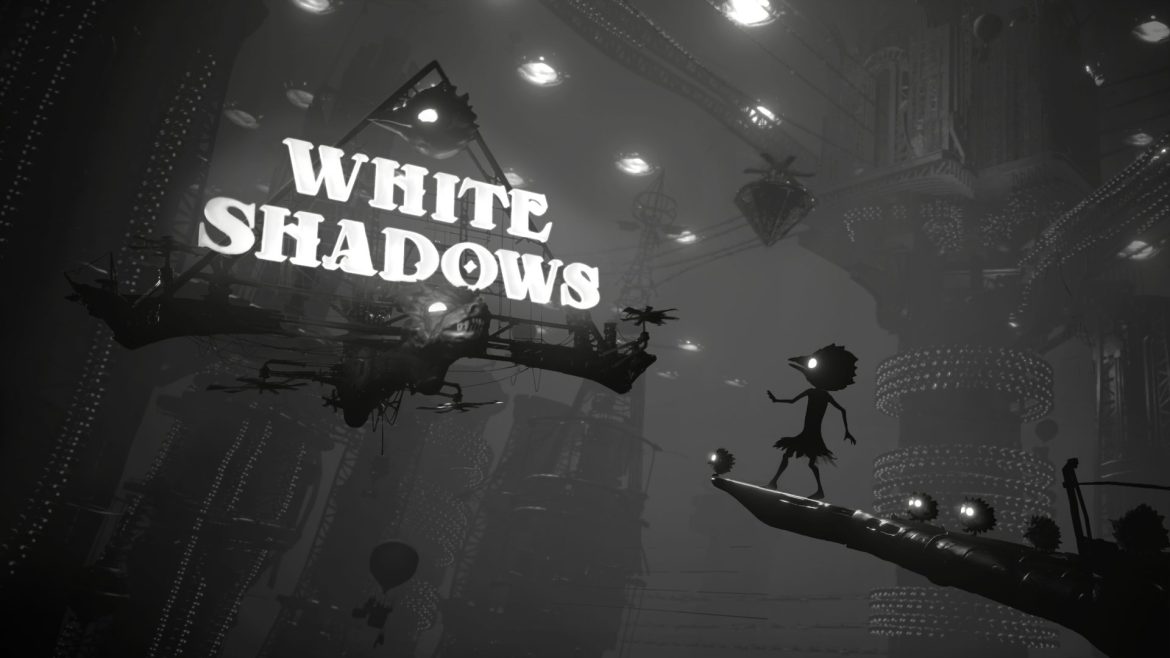TL;DR
White Shadows draws heavy inspiration from Limbo with its striking black-and-white aesthetic and a masked protagonist navigating a dystopian world. While it aims for social commentary and boasts impressive lighting, the gameplay often feels too simplistic and uneventful. Puzzles are rudimentary, challenges are minimal, and even powerful hardware struggles with frame rate. The game is also quite short, clocking in at under three hours. Despite its ambition and occasional visual flair, White Shadows ultimately feels more like an interactive film than a truly engaging game, hampered by technical inconsistencies and a lack of depth. Discover if this atmospheric journey is worth your time by diving into the full review.
Upon initial viewing of the gameplay footage from Monokel’s White Shadows, comparisons to Playdead’s seminal black-and-white title, Limbo, were immediately apparent. While the developers of White Shadows clearly drew inspiration from Limbo, the similarities are largely superficial.
Players assume the role of Ravengirl, a character adorned with a crow mask reminiscent of the plague masks of the Middle Ages, navigating a dystopian city populated by seemingly discontent and conformist individuals. The game blends Orwellian themes, evocative of Animal Farm (“All animals are equal”), with a technologically advanced yet primitively barbaric setting.

White Shadows exhibits a clear ambition to provide social commentary, although its critique is somewhat diffuse and the symbolic meaning remains partially obscured. Aesthetically, it bears a strong resemblance to Limbo, particularly in its visual style (enhanced by the capabilities of next-generation hardware). The physics, mechanics of jumping, and overall control scheme are also similarly streamlined.
Regrettably, the parallels to Playdead’s masterpiece largely cease there. In contrast to Limbo (and Inside), which punishes inattentiveness with swift death, White Shadows features extended periods devoid of significant events, and the challenges presented are often rudimentary. Gameplay primarily consists of traversal (running), jumping, box manipulation, and occasional puzzles. Consequently, the experience leans more towards a dreamy, cryptic, interactive dystopia than a genuinely engaging and challenging game.

The technical aspects of the game are inconsistent. While the aesthetics and lighting effects are occasionally impressive, the game suffers from noticeable frame rate drops, even on Xbox Series X hardware, which should readily handle the demands. Furthermore, the level design exhibits questionable choices in certain areas. Replayability appears limited, with a playthrough achievable in under three hours, raising concerns about the overall value proposition, despite its relatively low price point (200 SEK).
In summary, White Shadows presents an ambitious stylistic vision and a desire to convey a deeper narrative. However, it falls short as a compelling game experience, resembling more of an interactive animated film. The narrative might have been better served as a purely cinematic endeavor. As it stands, it evokes student films that often emphasize characters walking in various ways, which frequently translates to tiresome exposition unless the journey or its details are particularly captivating. White Shadows possesses some intriguing qualities and warrants a playthrough, but the presence of bugs, coupled with its brevity and ease of difficulty, hinder its ability to achieve higher critical acclaim.
